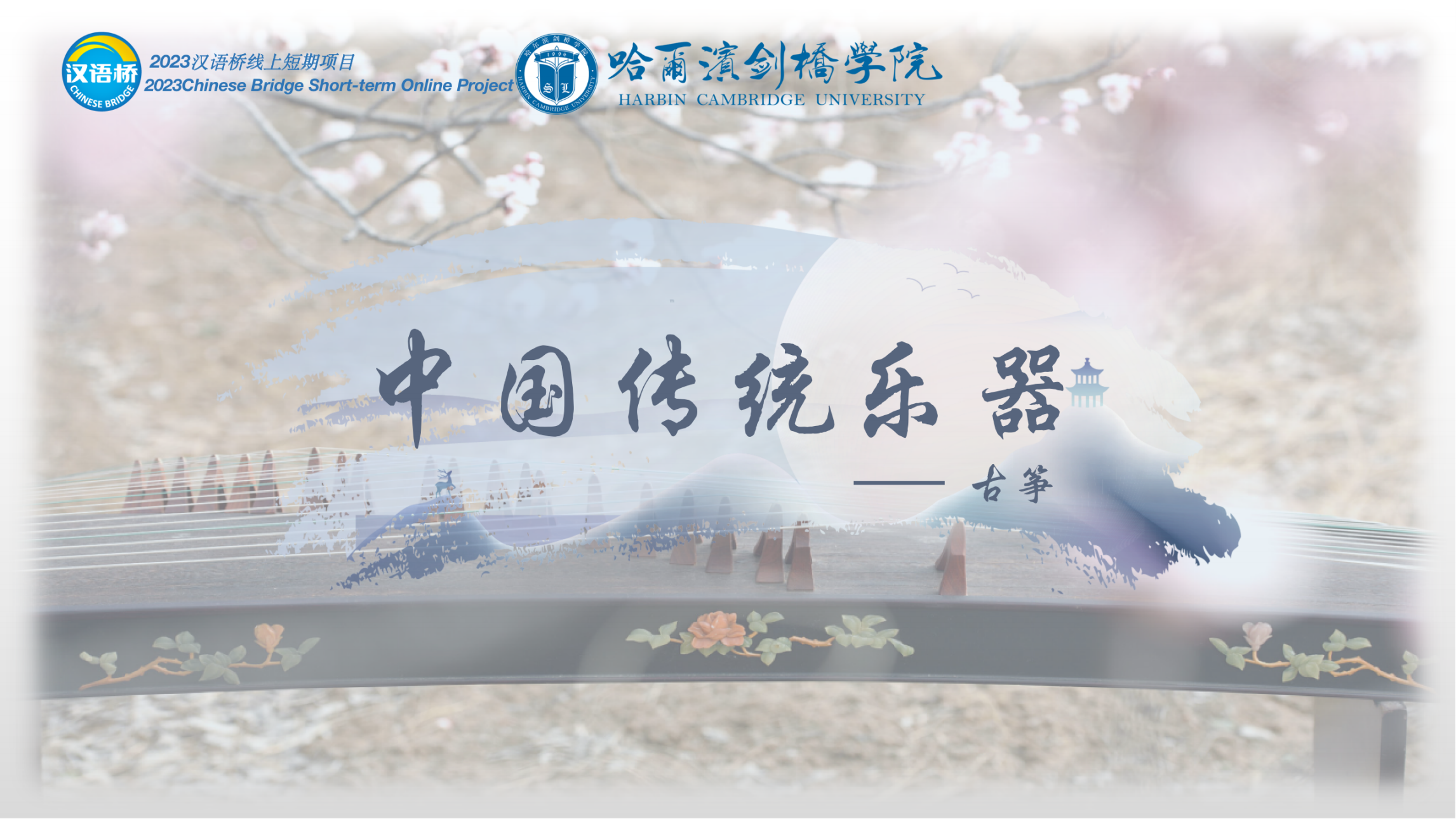Folk custom tea Han Chinese Clothing
民俗茶道汉服

Course Syllabus 课程章节
1Folk custom: also known as folk culture, refers to the relatively stable cultural matters that a nation or a social group have gradually formed and passed down from generation to generation in the long-term production practice and social life, which can be simply summarized as popular folk customs and customs. Folk culture is mobile and developing, it will produce variation in every stage of the society, and survive and develop in the mutation. When the Chinese society is at a critical moment of economic transformation, public ideas and way of life must change in folk culture of the tea ceremony is the beauty of tea (—— the tea, the author in day) " tea ceremony from China, served in southern China and Japan, Japan's Fried tea ceremony, Taiwan tea way comes from China Guangdong chaoshan area time tea. Royal royal tea ceremony, mortal tea ceremony, vulgar tea ceremony, Zen tea ceremony, Taoism has Taoist tea ceremony. In a word, the aesthetic way of tea, their own way, depends on their aesthetic. In terms, this is an objective reality that does not depend on human will. Han Chinese Clothing, The full name is "The Traditional Clothing of the Han nationality", Also known as clothes, clothes, Chinese clothes, From the accession of the Yellow Emperor to the middle of the 17th century (the late Ming and early Qing dynasties), In the main residential areas of the Han nationality, With the "Huaxia-Han" culture as the background and the dominant thought, With the Chinese etiquette and etiquette culture as the center, Developed through natural evolution, Clearly different from the traditional clothing and accessories systems of other ethnic groups, It is the embodiment of China's "dress on the country", "the state of etiquette", "splendid China", Bearing the outstanding craftsmanship and aesthetics of dyeing, weaving and embroidery of the Han nationality, It has inherited more than 30 Chinese intangible cultural heritage and protected Chinese arts and crafts.
民俗:又称民间文化,是指一个民族或一个社会群体在长期的生产实践和社会生活中逐渐形成并世代相传、较为稳定的文化事项,可以简单概括为民间流行的风尚、习俗。
民俗文化是流动的、发展的,它在社会的每个阶段都会产生变异,并在变异中求得生存和发展。当中国社会处于经济转型的关键时刻,民众思想观念和生活方式的转变必然表现在民俗文化的变化上,这是不以人的意志为转移的客观现实。
茶道就是品赏茶的美感之道(——《百茶联》作者在天)”茶道源于中国,盛于中国南方以及日本,日本的煎茶道、中国台湾地区的泡茶道都来源于中国广东潮汕地区的工夫茶。[1]皇家有皇家的茶道,凡人有凡人的茶道;俗有俗的茶道,禅有禅的茶道,道家有道家的茶道,不一而足。一句话,品赏茶的美感之道,各行其道,取决于各自的审美观。
汉服,全称是“汉民族传统服饰”,又称衣冠、衣裳、汉装,是从黄帝即位到公元17世纪中叶(明末清初),在汉族的主要居住区,以“华夏-汉”文化为背景和主导思想,以华夏礼仪文化为中心,通过自然演化而形成的具有独特汉民族风貌性格,明显区别于其他民族的传统服装和配饰体系,是中国“衣冠上国”、“礼仪之邦”、“锦绣中华”的体现,承载了汉族的染织绣等杰出工艺和美学,传承了30多项中国非物质文化遗产以及受保护的中国工艺美术。





